Yes, we love the king of Norway
Most people in Norway are happy with the monarchy and our king. We can’t imagine a 17th of May (the Norwegian national day) without the king waving from the castle balcony, or greeting gold medal winners at sporting events. The king plays an important role in the country, although many people are also against the monarchy. How did Norway become a monarchy?
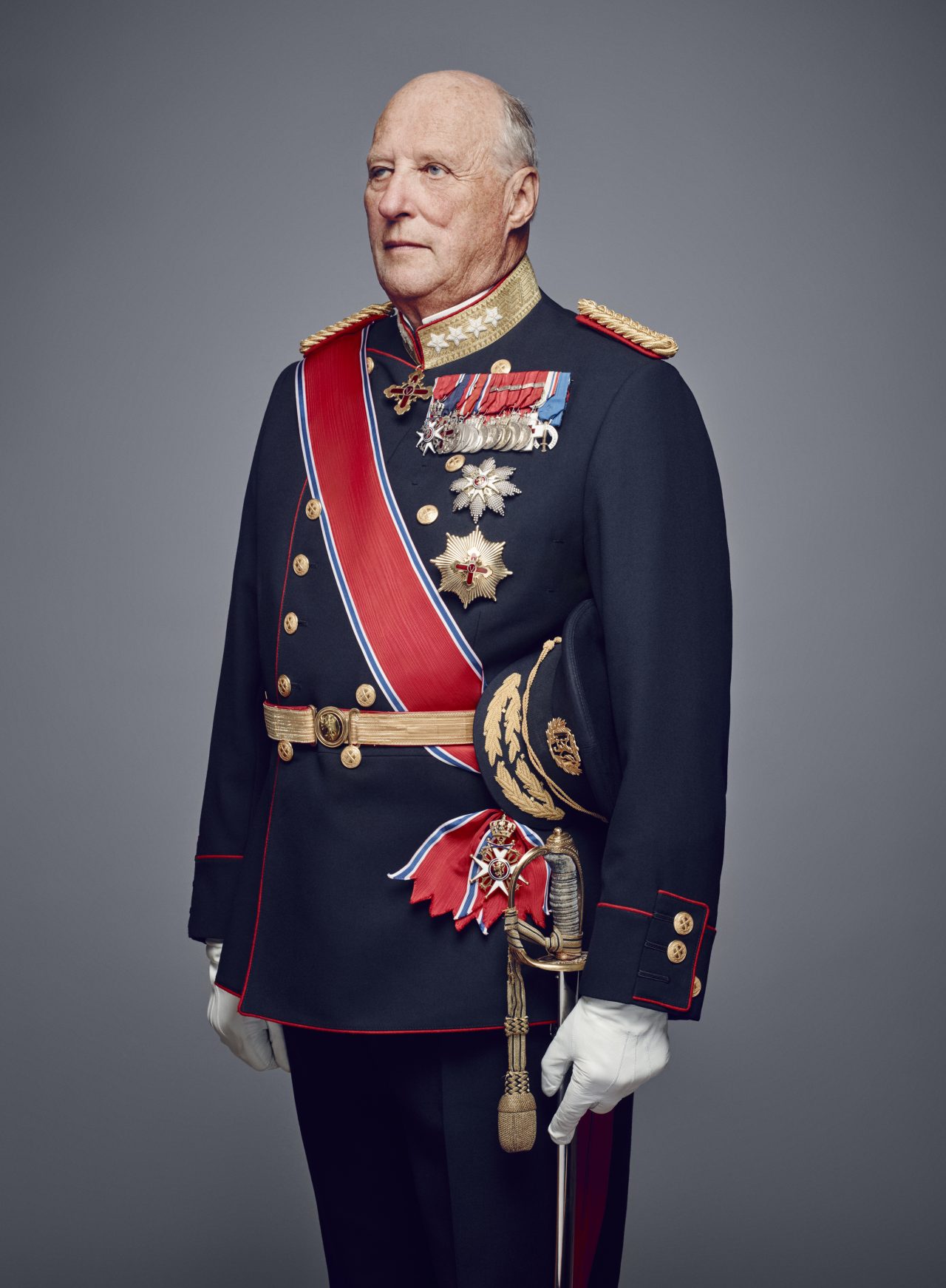
Norway united as one kingdom
Norway has been a monarchy for over a thousand years. The first king, Harald Fairhair, united Norway into one kingdom. According to Snorri Sturluson's royal sagas, he won the important battle in Hafrsfjord, just outside Stavanger, in 872. This led to him being able to crown himself king of Norway.
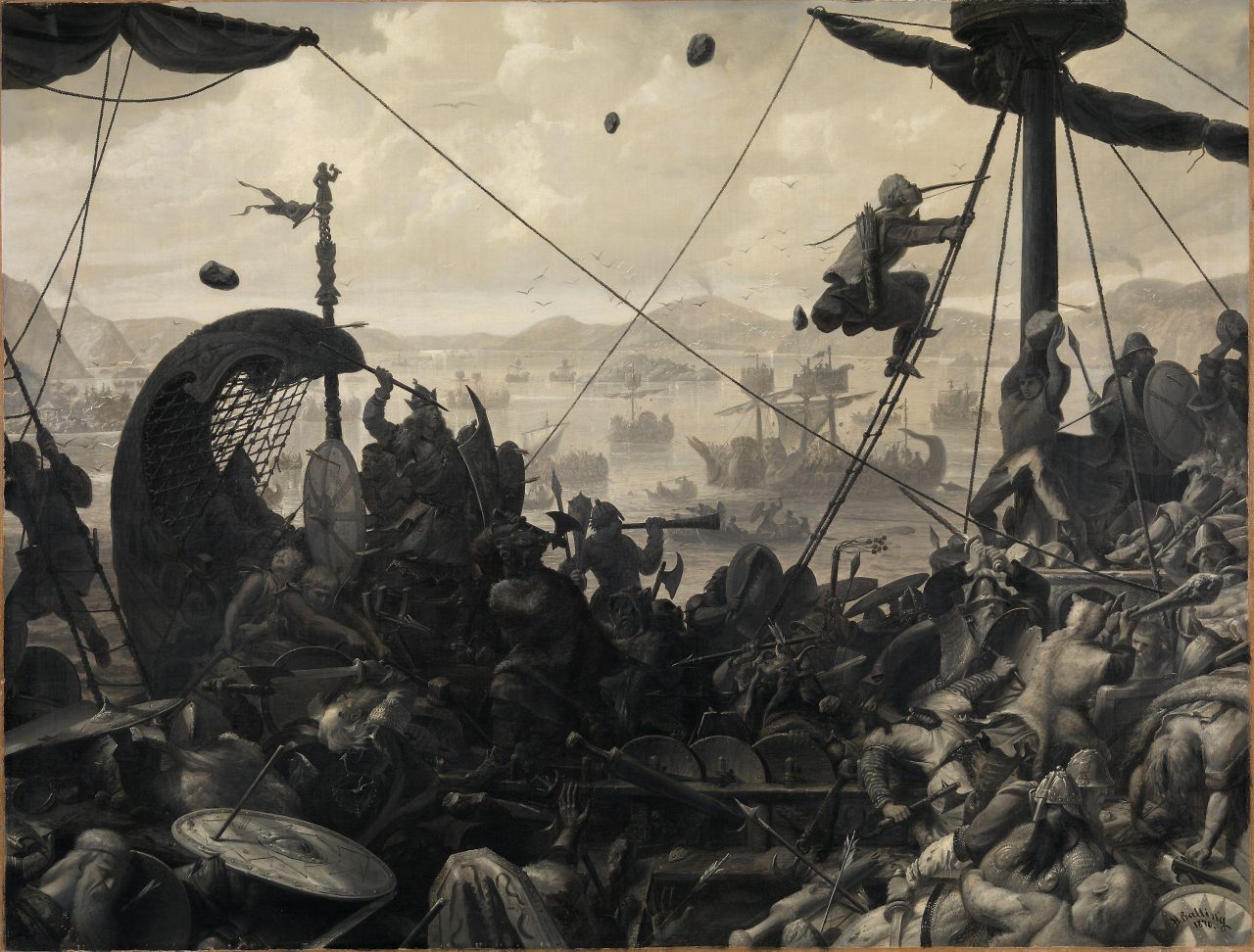
Harald Hårfagre i slaget ved Hafrsfjord. Maleri av Ole Peter Hansen Balling fra 1870
Norway’s new governance system
Before this, Norway was divided into areas where several chieftains ruled. The idea of uniting the areas into one kingdom must have come from the European continent. Norwegian chieftains on Viking expeditions learned a lot about the state formations in Western Europe. The idea of a country ruled by a common king was brought back home.
Several of the chieftains wanted to center as much power as possible, and one of these was Harald Fairhair. His victory in the battle of Hafrsfjord is therefore considered the first national union.
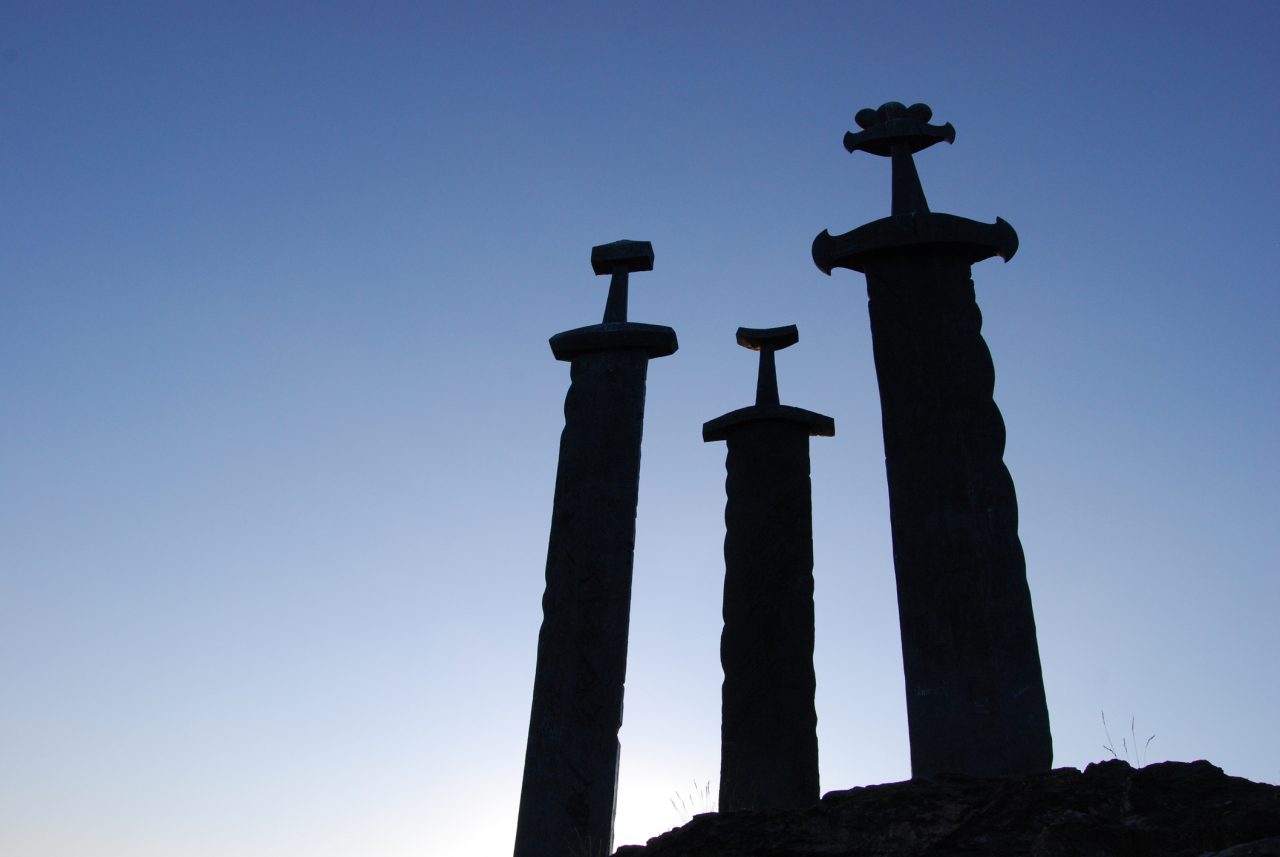
«Sverd i fjell» er et monument innerst i Hafrsfjord i Stavanger kommune. Monumentet er laget av skulptøren Fritz Røed fra Bryne. Det er tre store sverd som er satt ned i svaberget til minne om slaget i Hafrsfjord i 872.
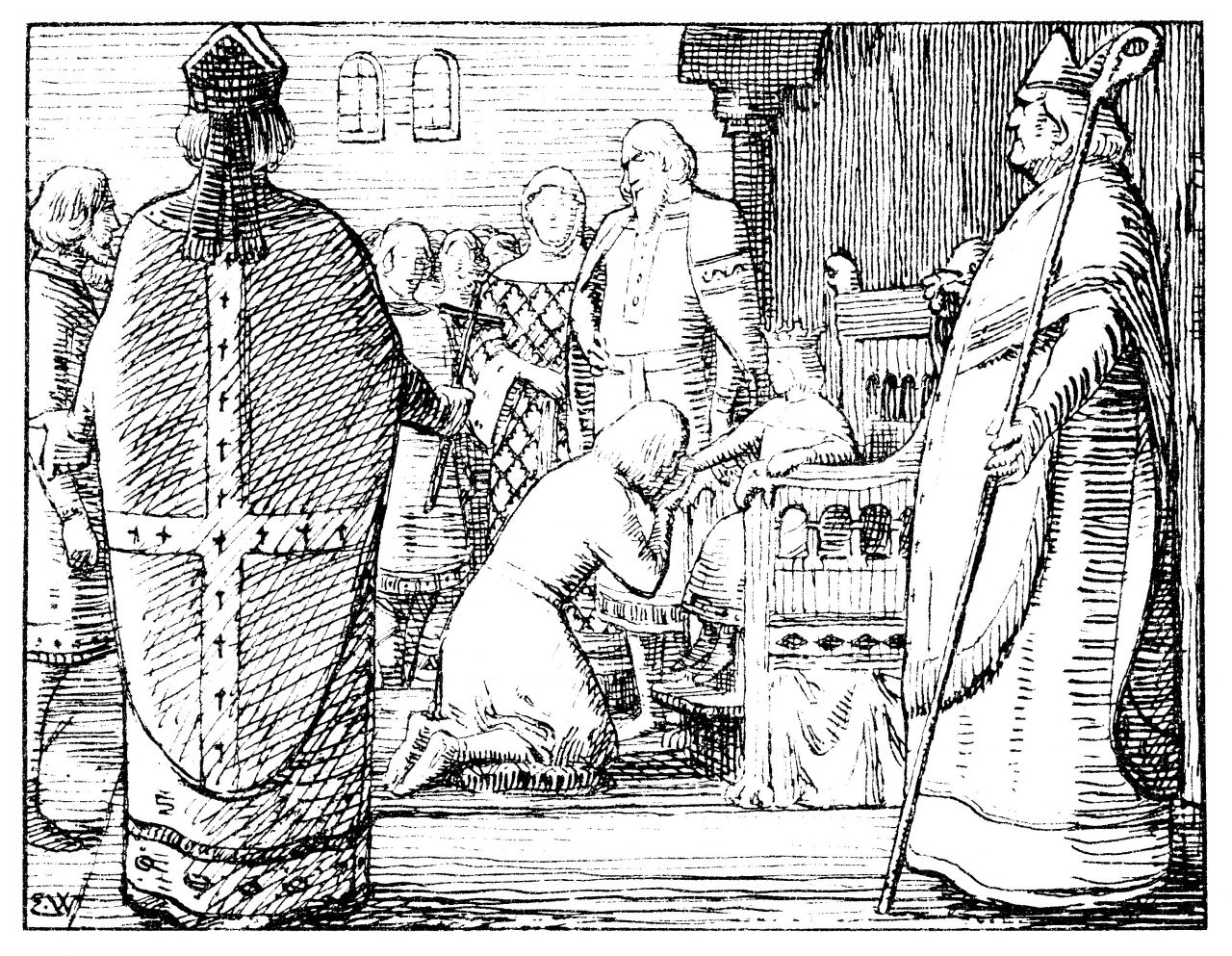
Kroning av Magnus Erlingsson. Litografi av Erik Werenskiold hentet fra Heimskringla.
What happens if the king doesn’t have a son?
When Norway got its own constitution in 1814, it continued the tradition of the eldest royal son inheriting the throne.
In 1990 the constitution was changed on this point to state that gender does not play a role – it is the king’s eldest child that will inherit the throne. This means that Princess Ingrid Alexandra will inherit the throne from her father Crown Prince Haakon.
If the king is childless, Parliament (Stortinget) decides who should become king, after the king has made a suggestion.
📷 Princess Ingrid Alexandra on
her 16th birthday 21.01.2020
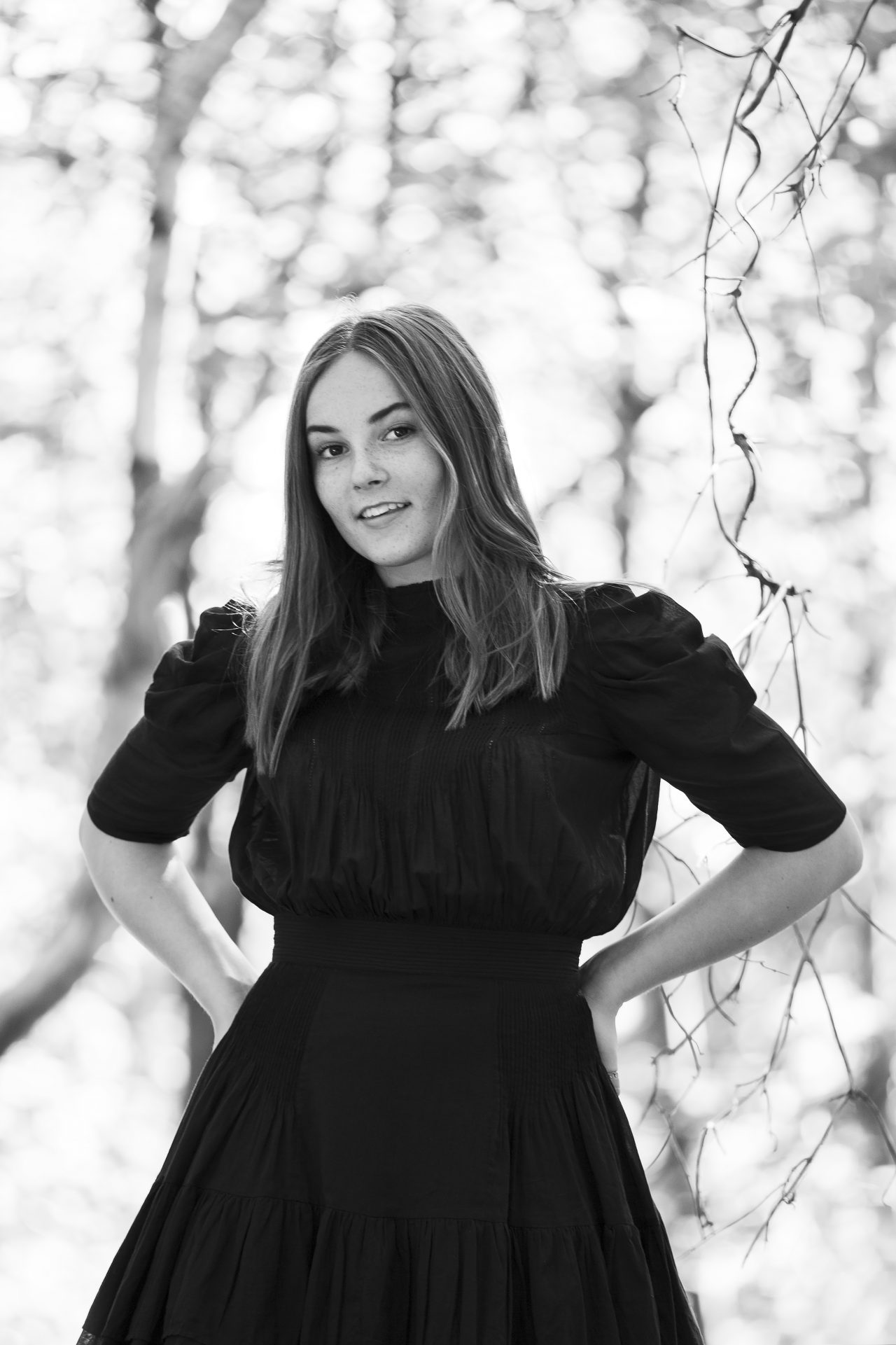
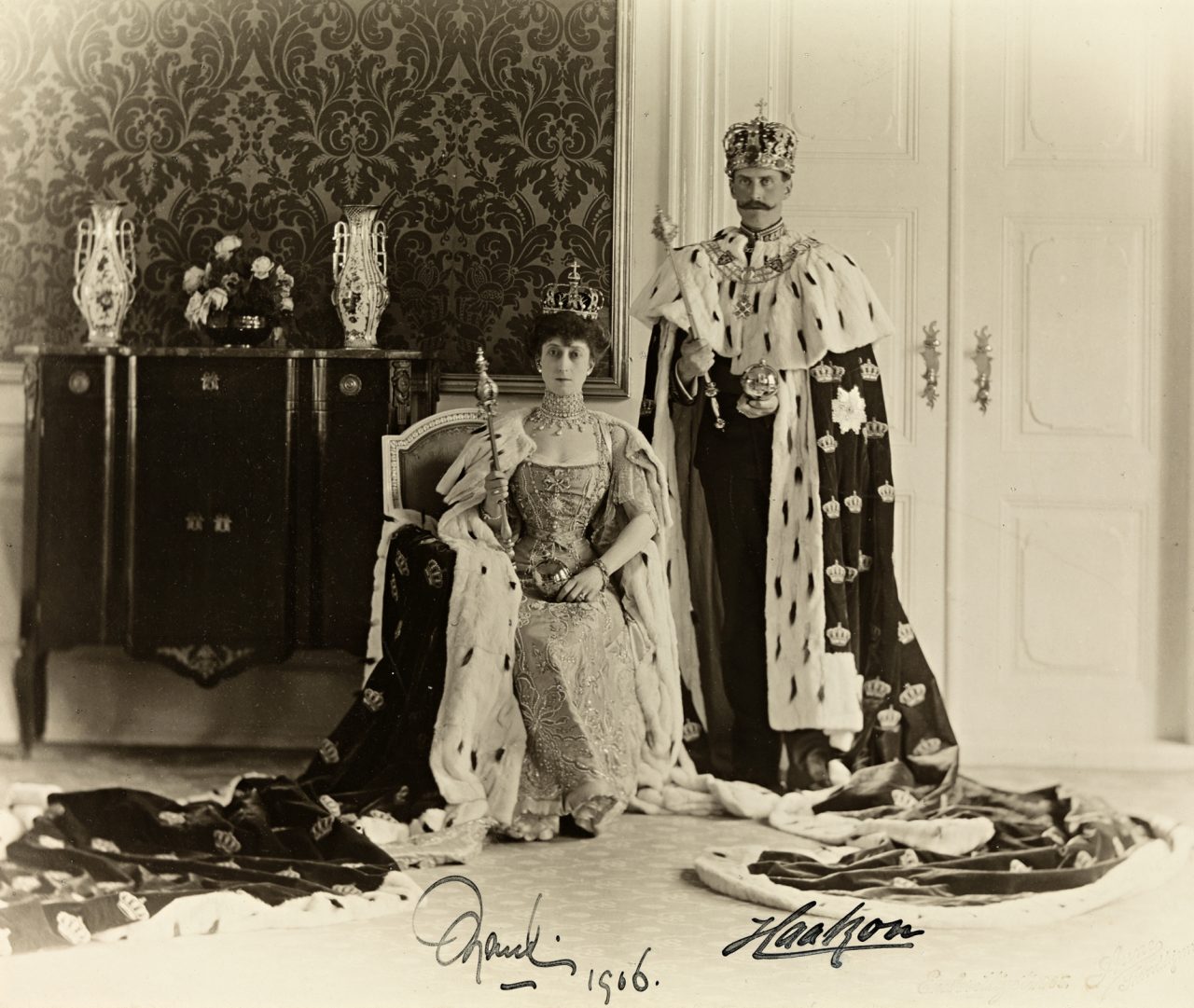
Offisielt kroningsbilde av kong Haakon VII og dronning Maud
What is a republic?
A republic is the opposite of a monarchy. It is a form of state where the formal head of the country is not a king or a queen. Most of today’s nations have a republican form of state. Those who are supporters of a republic are called republicans.
A republic is often ruled by a president elected by the people, such as in the United States, France, Iceland or Finland. The people vote for the president, and the president can only serve for a limited amount of time.
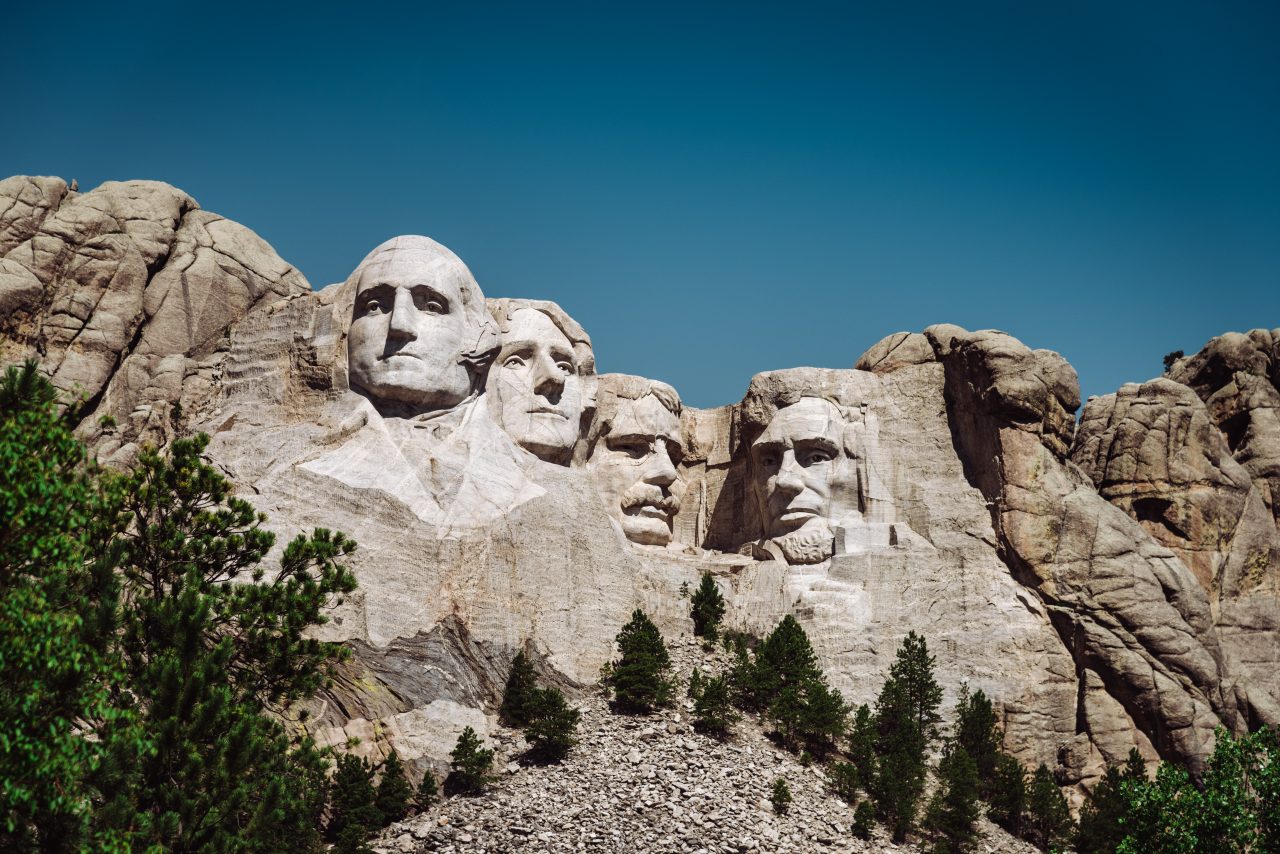
Mount Rushmore National Memorial, i dagligtale Mount Rushmore, er et nasjonalt minnesmerke som ligger i Keystone, Sør-Dakota, USA.
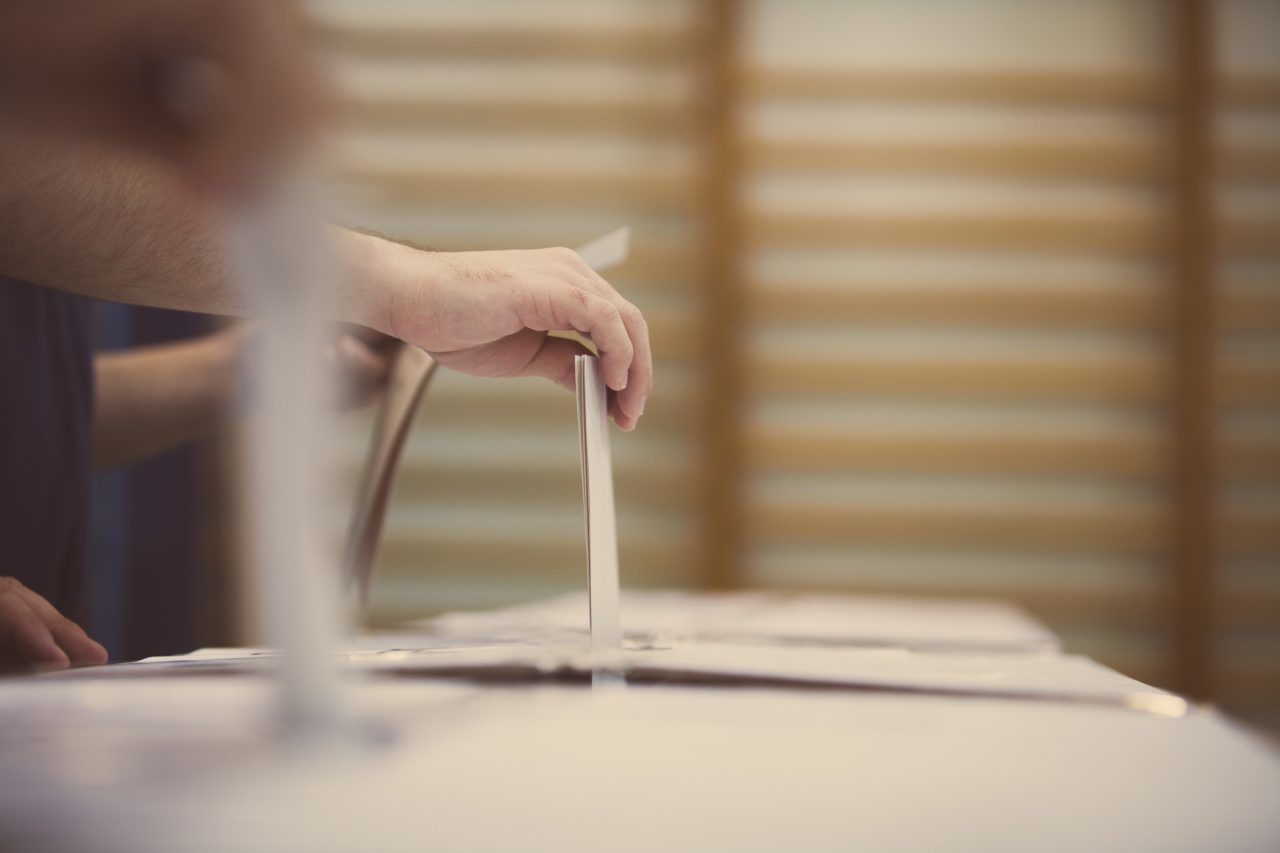
Stemmesedler som blir lagt i stemmeurne
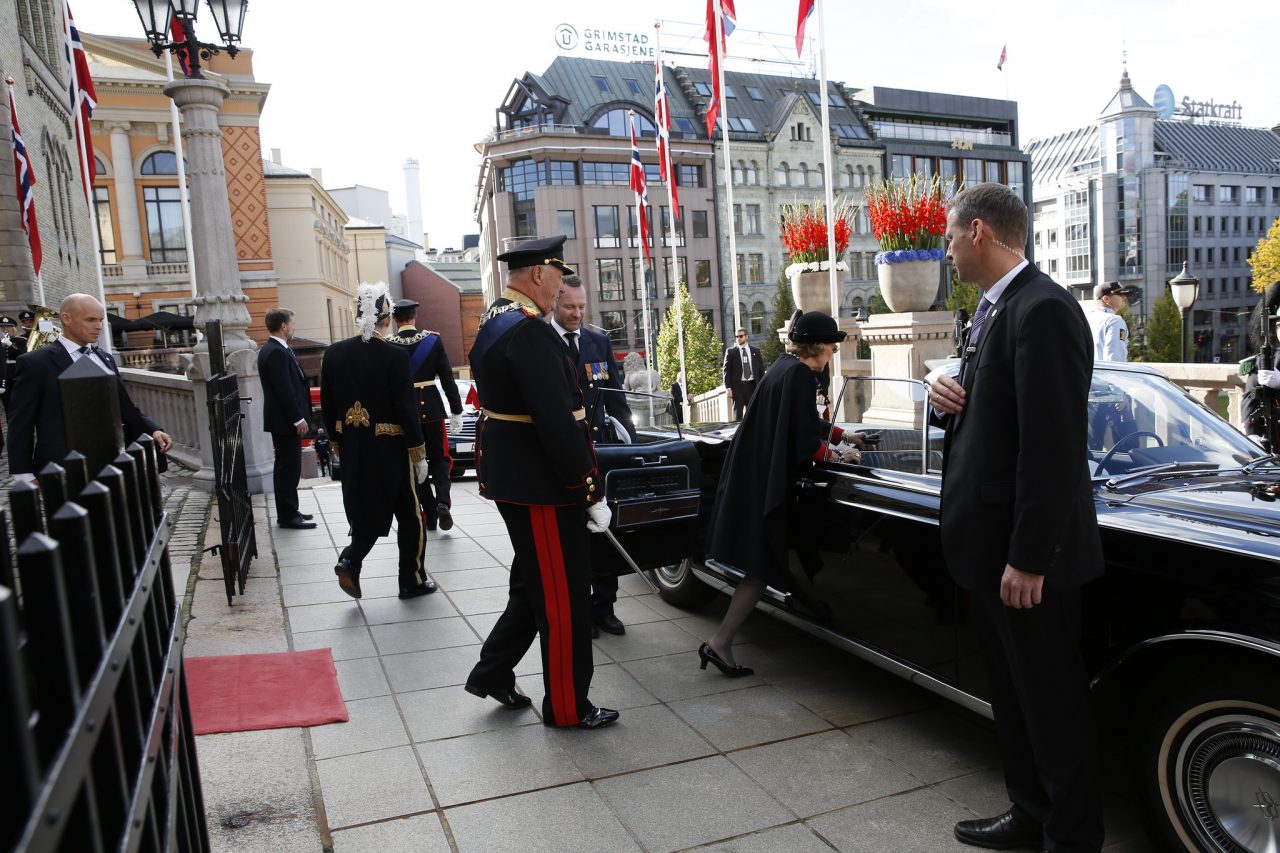
Hans Majestet Kong Harald i uniform på vei ut av Stortinget.
The European monarchies
There are twelve monarchies in Europe. They are divided into principalities, kingdoms and duchies. All the kings and queens that reign in the kingdoms today are related through the line of George II of Great Britain.
The longest-reigning monarch in the UK was Queen Elizabeth II. She was queen for more than 70 years.
📷 King George II of England
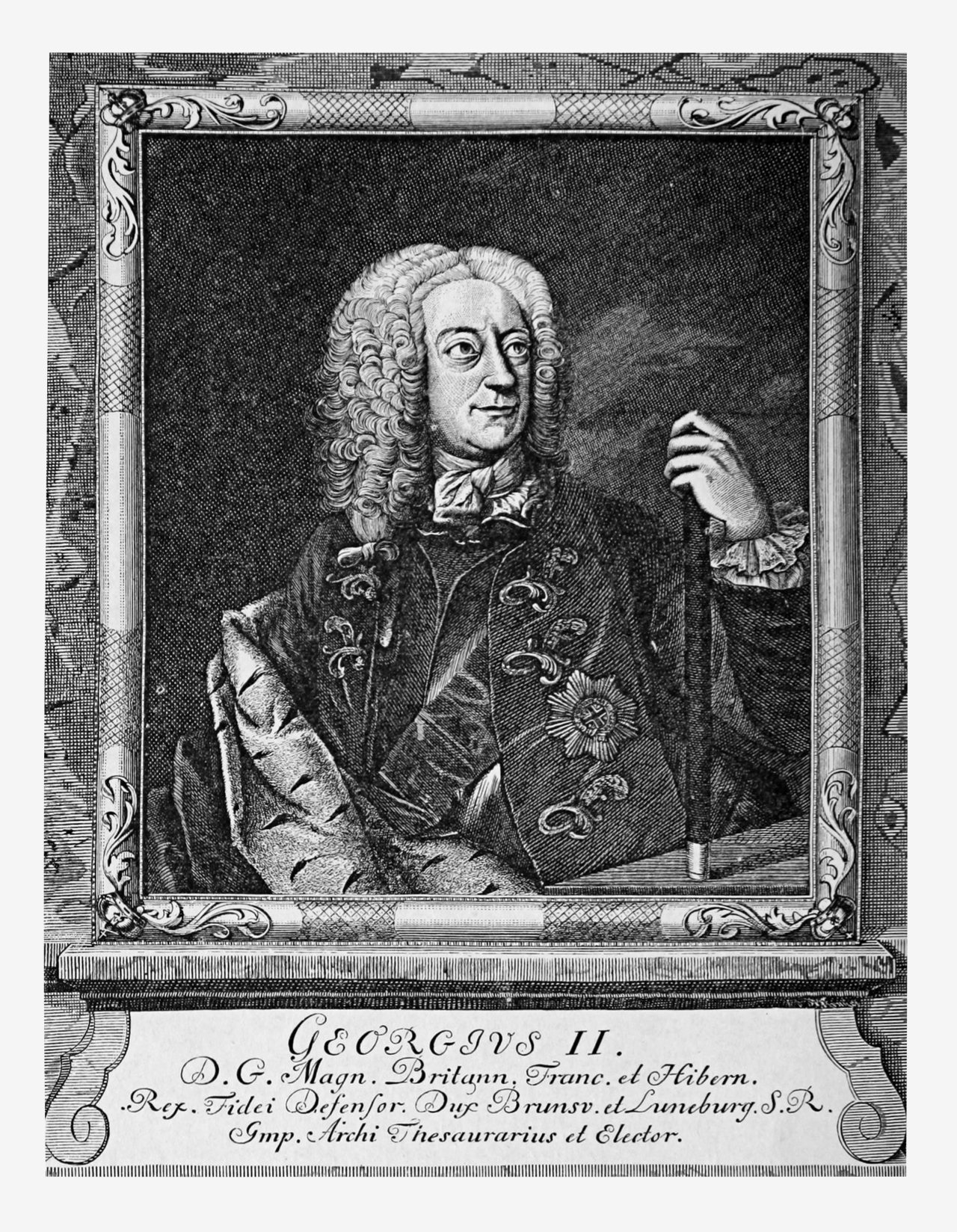

Offisielt bilde av Deres Majesteter Kongen og Dronningen, Deres Kongelige Høyheter Kronprinsen og Kronprinsessen. Kongen og Kronprinsen i uniform, og Dronningen og Kronprinsessen i gallakjoler.
Media rights:
-
-
Jørgen Gomnæs, Det kongelige hoff
-
Ole Peter Hansen Balling / Nasjonalmuseet for kunst, arkitektur og design
-
Getty Images
-
Erik Werenskiold
-
Ann Cathrin Buchardt, Det kongelige hoff
-
Peder O. Aune (CC BY 2.0)
-
Getty Images
-
Getty Images
-
Sverre Chr. Jarild / Stortinget (CC BY-ND 2.0)
-
Adobe Stock
-
Jørgen Gomnæs, Det kongelige hoff
-


